ADS-B: How to Track Commercial Planes from Your Home!
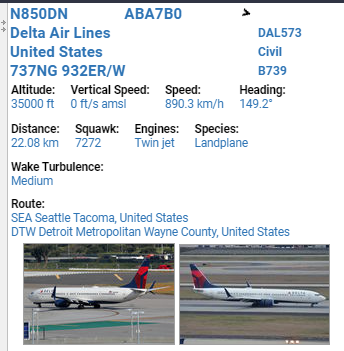
Ever wondered how aircraft keep a safe distance from each other in order to prevent mid air collision? It just so happens that nearly all commercial aircraft flying over 400 meters in height are required by law to broadcast what is known as an ADS-B (Automatic Dependent Surveillance–Broadcast) signal in order to convey all data required in order to track the machines heading, speed, altitude and ultimately their flight path. This allows not only other planes to adjust their flight path to avoid potential incident of mid-air collisions, but also allows people with SDR's (software defined radios) to also track flights as well from the ground without the need for expensive radar installations or costly signals intelligence setups.
How Does ADS-B Work Exactly?
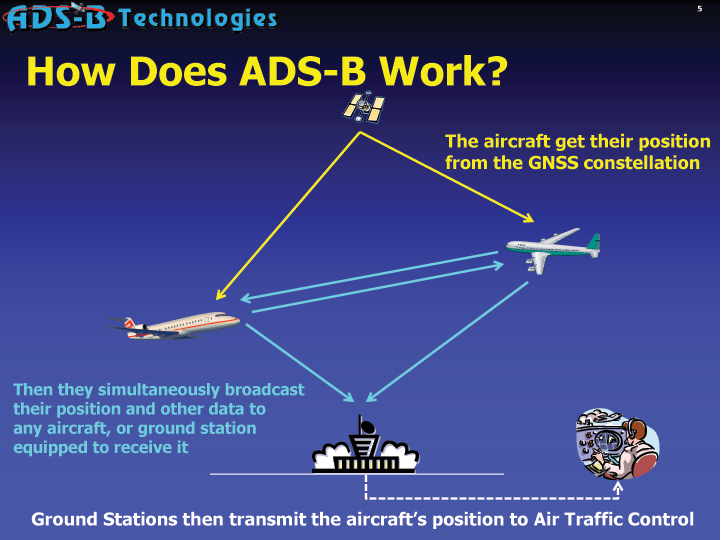
ADS-B is a neat technology using the 1090Mhz wavelength that has transcoded data in order to allow aircraft to broadcast things like their position on the globe, their airspeed, their direction / heading, their current cruise height, wind turbulence condition what type of plane it is. All of this data used in conjunction with some simple formulas I won't mention here allow for even civilians to track most planes using this technology from their own home built ground stations.
The technology leverages the GPS/GNSS satellite constellation to feed the plane it's GPS coordinates and then from there the plane actually adds it's own data from it's flight computer to the mic and from there broadcasts it out on the 1090Mhz band. This allows anyone listening in on that 1090Mhz band to capture their broadcasts and with some fancy code actually read out these values, allowing them to be tracked. You can do this at home with a setup less than $50 USD easily.
How to Track Airplanes from the Ground (Without Radar)
While this method relies on the aircraft in question to have their ADS-B transceiver on in order to detect them (and not all aircraft transmit their data) the hardware required to do this is quite cheap.
A SDR (software defined radio) with capability of monitoring the 1090Mhz radio band is a must. I personally use a NoElec Smart SDR USB dongle which retail for less than $50 USD and can be purchased at most online auction sites or places like amazon. Personally I use a custom 1090Mhz antenna I made out of 3D printed parts and copper wire connected to my SDR via some coaxial cable but assuming you get an antenna with your SDR, it should work as long as it is tuned to 1090Mhz. This may require you to modify your antenna length be it telescopic antenna type or a fixed length antenna that could be cut down.
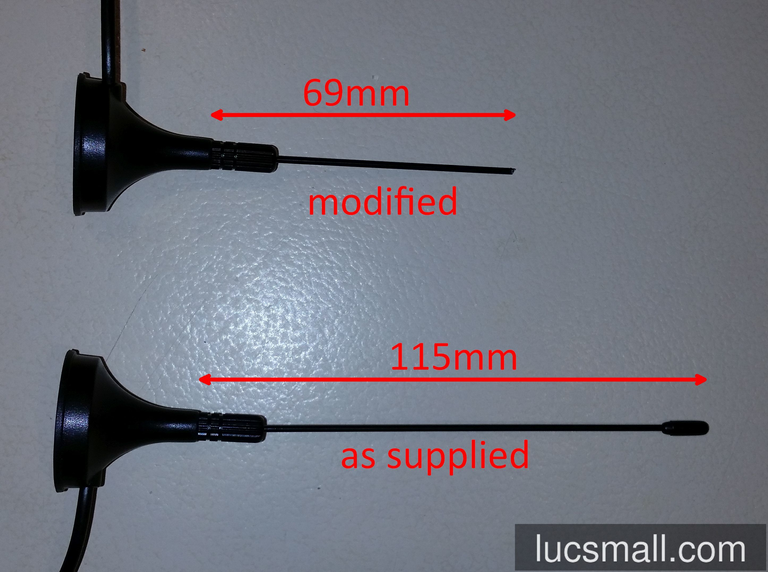
Note that it is not required to cut down or tune the antenna.. You may receive data with any old antenna, but will get further reach of detection with an antenna fine tuned for 1090Mhz. Look up the wavelength of 1090Mhz on google and adjust your antenna to be used for ADS-B accordingly.
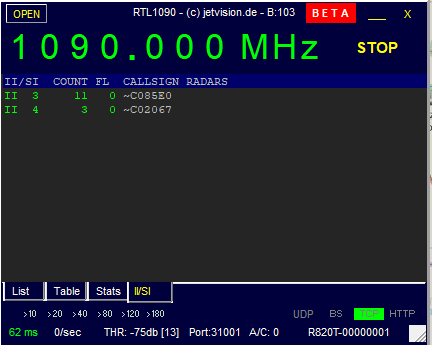
Next thing we'll need is some software to collect the ADS-B transmissions and make them into something logical / containing readable data for a computer to map out. Personally I use RTL 1090 as a 1090Mhz collection application. It's light weight and quite stable, regardless of it's dated appearance. It's pretty decent software and I've had little to no issues with it.

If you're looking to display a "flight map" or track the aircraft on a map you can see I highly suggest Virtual Radar as a visualizer. Not only does it run as an app on your desktop then generating a website locally for you to view your data on, but it also has a nice interface and setup as well. Both of these apps should work out of the box and already be basically configured for your setup provided you give it the correct information on setup.
I would show you my setup but given it has a map and my location embedded I'll pass on showing you that. If you have a SDR and interest in tracking aircraft, or are wanting to track aircraft for opsec / operational means and whatnot let me know. I can likely give you a hand getting things up and running. Stock antennas work somewhat, specialized antennas are also available online.. I'd personally just soldered my own quarter wave 1090Mhz antenna and reflector from some coax cable and some old copper wire, it's not terribly complex. Here is my homemade antenna:
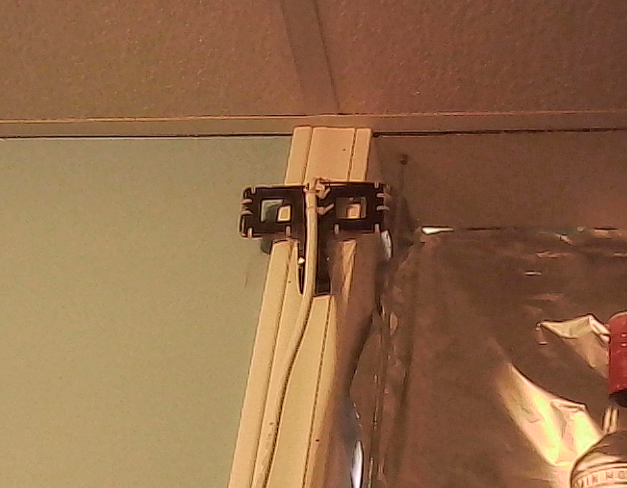
Even with this roughly measured quarter wave 1090Mhz antenna I'm still picking up flight at 35000 feet and 25KM away, from a basement mounted antenna no less.. Generally the higher you can mount your antenna the better / further you'll be able to detect airplane contacts. Given my antenna was literally made from scraps and a few grams of 3D printed PLA+ yet detects planes about double the distance than my stock telescopic antenna did.. Kind of neat.
Now one thing of note is that not all planes transmit ADS-B even though they are supposed to if flying over 400ft. Military aircraft and smugglers are notorious for not enabling their ADS-B transponder so they will be impossible to track using this method and will require other means to keep an eye on them in your local airspace.
Generally I'll hear planes outside or see a plane outside then come in to see if it was picked up by my ADS-B setup.. if it wasn't.. chances are it's someone either flying a low personal aircraft, a smuggler or something military related. Kind of damn neat either way.
Can't be Arsed to get an SDR but Still want to Track Planes?
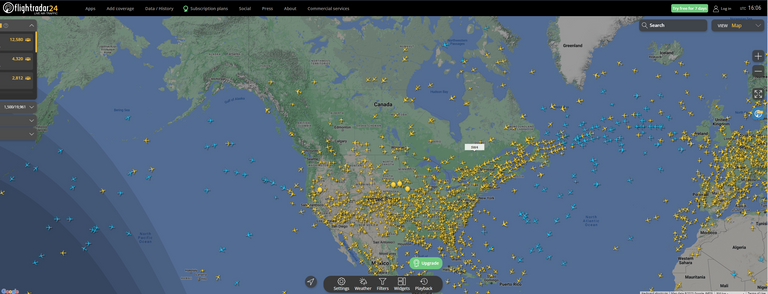
If you can't be arsed to get your own ADS-B setup and wish to rely on others to do the tracking for you, sites like FlightRadar24.com offer access to a bunch of folks ADS-B feeds on a map and almost functions identical to the RTL1090 and Virtual Radar setup I've mentioned above for your own setup.
Hopefully somebody that reads this is inspired to start tracking planes using ADS-B signals and their SDR. It is in fact possible to take your SDR 1090Mhz feed and use it to give sites like FlightRadar24 data which they will share with others. Tracking planes as civilians is a global effort and while not perfect for tracking all items in ones airspace, it is certainly a neat hobby. Cheers everyone.

I like https://globe.adsbexchange.com/ a little better.
Thanks for the site captain!
I've been hooked on flightradar24 for quite a few years.
yeah man! I use it to make sure my own ADS-B antenna is working proper. :)
Super nifty.
Thanks!
A neat little means of monitoring local airspace..
Doesn't work for craft not using the transponder.. but works fine for majority of stuff.